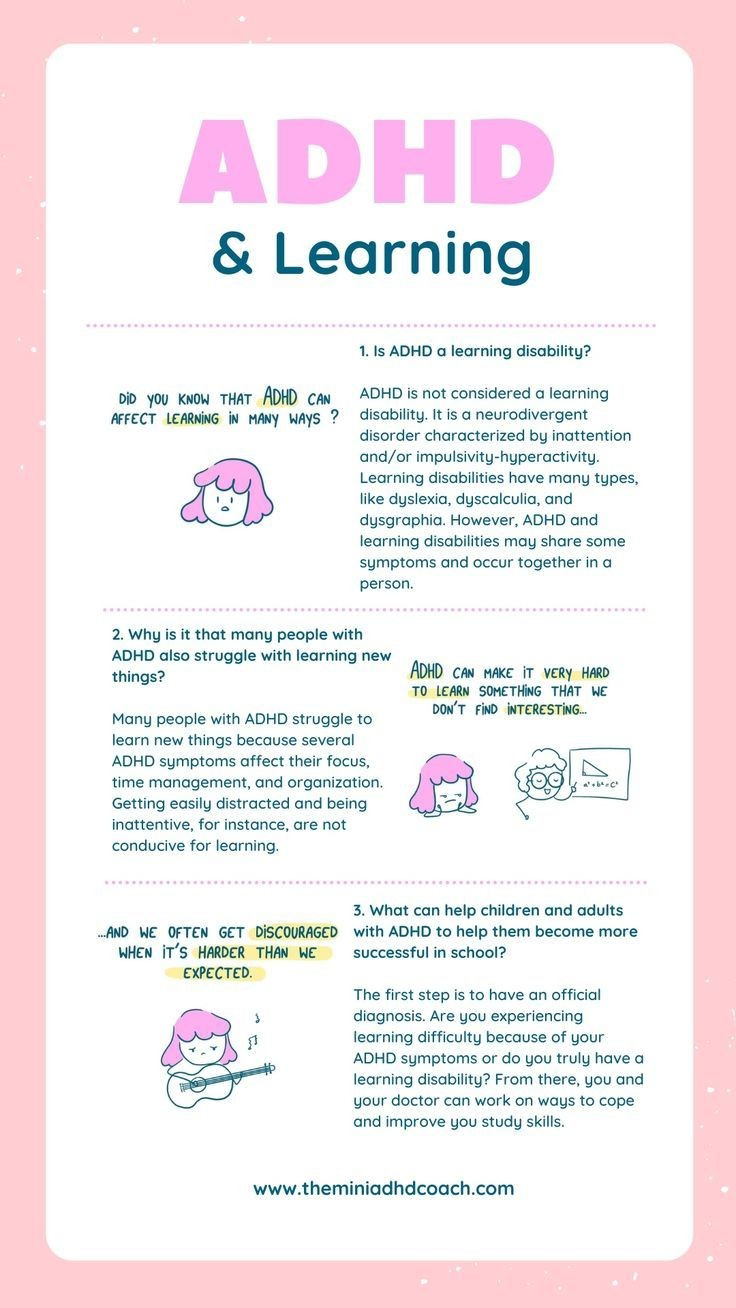I am a passionate believer of love and loving what you do. I believe, to live means to seize each moment and hope for a better future, in the wake of all disaster around us. "What doesn’t kill you makes you stronger." I write straight from the heart. From a point of reasoning with your reality without justifying the reasons for the current state of things but seeing that, the grass only gets greener when you work towards getting it green. Love, laugh, live, learn and never stop dreaming!
Monday, November 11, 2024
SOLUTION TO A CHEATING SPOUSE
Friday, October 4, 2024
Supporting a Child with ADHD in Learning and EducationBy The Nairobi Feminist
Attention-Deficit/Hyperactivity Disorder (ADHD) is a neurodevelopmental condition that affects a child’s ability to focus, stay organized, and control impulses. It’s one of the most common mental health disorders in children and can impact various aspects of their life, including their education. Symptoms of ADHD often include difficulty paying attention, hyperactivity, impulsiveness, and challenges with staying on task, even when a child wants to focus. These symptoms vary from child to child—some may struggle more with inattentiveness, while others are more hyperactive and impulsive.
Monday, September 30, 2024
WHAT LOVE MEANS
Monday, September 23, 2024
WHATS REALLY WRONG WITH YOU!
Everyone has an opinion about how things or people should be. and they put that on other people.You can't listen to what everyone says .... Their opinions change like the weather!!!No one is perfectIf we had future vision or hindsight well then life would be differentOur choices are not standalone....other factors affect them like other people's motives
MATERNAL HEALTH AND ITS LINK TO POST PARTUM DEPRESSION
RUIN IS THE ROAD TO TRANSFORMATION
UNEMPLOYMENT WITHIN A RELATIONSHIP
AVOIDING COMPLACENCY IN A RELATIONSHIP
DEALING WITH TOXIC BABY MAMA'S/ BABY DADDY'S
BE MORE AWARE OF HOW YOU LIVE YOUR LIFE.L
Monday, July 1, 2024
INTRODUCING YOUR KIDS TO A NEW PARTNER
Introducing your young kids to a new partner can be a delicate process. Here are some tips to help make it smoother:
1. Timing
Make sure your relationship is serious and stable before introducing your partner to your kids. Children can become attached quickly, so it's important to be sure of the relationships future.
2. Talk to Your Kids First
Prepare your children by talking to them about your new partner before they meet. Explain who they are and why they're important to you.
3. Keep it Casual
The first meeting should be casual and in a comfortable, neutral environment like a park or a casual meal. This helps reduce pressure and allows everyone to interact naturally.
4. Be Patient
Give your kids time to adjust. They may have mixed feelings and need time to get used to the idea of your new partner.
5.Encourage Interaction
Plan activities that allow your children and your partner to interact and get to know each other. Games, outings, or shared interests can help build a connection.
6.Respect Their Feelings
Acknowledge and validate your children’s feelings, whether they are positive or negative. They need to feel heard and understood.
7. Take It Slow
Gradually increase the amount of time your partner spends with your kids. Rushing the process can lead to resistance and discomfort.
8. Communicate
Keep an open line of communication with your partner about how the introductions and interactions are going, and be ready to make adjustments as needed.
By taking these steps, you can help ensure that the introduction goes smoothly and sets a positive foundation for your partner's relationship with your children.
Monday, April 29, 2024
A TIME TO BE STILL
Thursday, January 11, 2024
METAMORPHOSIS
GIVE YOURSELF TIME
I must say it has been a while since I wrote anything. To be honest I didn't see the point at which I would begin to write again .
For me it's not just about churning out content for you to consume it's about speaking to you from my soul. For a while my soul was silent . It was learning, healing living and experiencing what it was meant to experience .
What a year it has been so much growth . So many lessons. Healing, falling apart,loss and finally I arrive at the point where I can share with you .
For a time the phrase,"die of self kept ringing" in my mind . I was troubled what did it mean! What was on the other side of that! How do I get there, without taking too much a beating and,could I just wakeup . Having miraculously learnt a lesson the easy way.
Well that didn't happen . Last year the essence of who I am was stretched beyond what I new possible. (Podcast episodes loading so subscribe...) I learnt valuable lessons in motherhood, love,family ,my own strength. But most importantly I learnt resilience. The importance and the beauty of persistence.
Imagine waking up. Getting dressed, leaving the house and not knowing where you are going,but you just keep walking .
Uncertain about who you are . What is important and what isn't. Trying to find meaning and not finding anything. You look at yourself in the mirror and can't recognise who you are. Can't recognise who the person you have been is .
You even don't know what to expect on the other side or if you will make it to the other side of what it is your going through.I went through a shedding of habits,thoughts,patterns,relationships and breaking of the ego.
It's one thing to be able to share a lesson after you have gone through it but as you are deep in the thick of growth it's hard . When you are the source of strength and can't find the strength that you need!
Well here I am now. Standing after a full season of shedding. A season where I didn't see how I could get to the other side because my own mind couldn't give me the peace I needed . Because I was fighting against the growing pains instead of going through .
In life the only way out is through ...
A lesson that was hit hard and allowed me to see things I have been refusing to see . When the biggest supporter of untold lives of women passed away . A woman who cheered me on. Kept asking when I will release new content. The woman who gave me hope when I couldn't see a way through. The woman sho showed me you can raise your child on your own and succeed. A woman who loved my daughter like her own . A woman who listened to me rant and cry on her dining room table . A woman who genuinely cared .
You know it's easy to be the bad guy in other people's stories . It's also easy to recieve. But giving of yourself selflessly is the toughest thing you can ever do. It is thankless . But because it's who you are programmed to be it's what you must do.
It's even harder when there's no one there on the other side to help you through but yourself. However if you can be a light to someone else . Do it because that's the light that will allow them to be an even bigger light to someone else . For me her light allowed me to shine.
Don't fear change .Don't fight change. Allow yourself to go through it so that you can be the butterfly you are meant to be .














